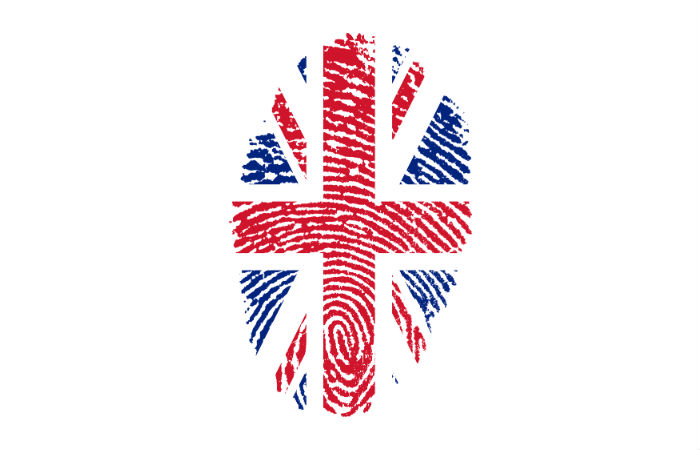Earlier this year the Migration Advisory Committee (‘MAC’) recommended that a significant number of jobs should be added to the Tier 2 (General) shortage occupation list. This list sets out those jobs and occupations where it is recognised there is a national shortage and where it is acknowledged it may be necessary to fill these roles with non-EEA migrants. Following the MAC’s recommendations, the Government has now announced changes to the shortage occupation list. Following these changes around 9% of jobs in the UK will fall within the shortage occupation list, compared to only 1% at the moment.
The key changes are set out below:
- New occupations have been added to the shortage occupation list, including veterinarians, architects and web designers, all IT business analysts, architects and systems designers roles and all programmer and software development professional roles;
- A small number of roles have been removed from the list, such as production managers and directors in mining and energy;
- A significant number of Standard Occupational Classification (SOC) codes already on the shortage occupation list, but only for limited types of jobs, have been extended to cover all jobs falling within that SOC code. In particular, many more engineering and health professional roles are now within the shortage occupation list; and
- The restriction preventing chefs from working for a sponsor that provides a takeaway service has been removed.
- In many cases companies wishing to recruit for roles in digital technology jobs on the shortage occupation list will no longer have to meet the strict ‘qualifying company’ criteria they currently have to meet so this will benefit many more sponsors hiring people in tech and IT roles. There are however still a few roles where the company must meet the qualifying company criteria.
The changes will take effect on 6 October 2019 and in order to benefit from the changes the certificate of sponsorship must be issued on or after 6 October 2019. Importantly, if the certificate of sponsorship was issued before 6 October 2019 and the entry clearance application is submitted on or after 6 October 2019 the old rules will apply.
The full Statement of Changes to the Immigration Rules can be viewed here. The jobs that will fall within the shortage occupation list from 6 October 2019 are set out at pages 84 to 87.
Why does it matter?
A number of the rules that would otherwise apply in relation to sponsorship under Tier 2 (General) of the Points Based System do not apply if a job falls within a SOC code role which is on the shortage occupation list.
In particular:
- The Resident Labour Market Test (‘RLMT’) does not apply (unless the role falls under SOC code ‘2231 Nurses’) and therefore sponsors are not required to advertise the position first and do not have to offer the job to suitable EEA nationals ahead of non-EEA nationals;
- If the monthly allocation of Tier 2 (General) restricted Certificates of Sponsorship is reached in any particular month (based on the annual limit of 20,700), roles on the shortage occupation list are prioritised;
- Jobholders whose occupations are on the shortage occupation list are exempt from the relevant Tier 2 (General) earnings threshold when they apply for Indefinite Leave to Remain, although they must still be paid the appropriate rate for the occupation; and
- Applicants (and their families) pay lower visa application fees if their occupation is on the shortage occupation list. For example, a three year visa applied for from abroad is currently £464 for a shortage occupation job, as opposed to £610 for other Tier 2 General jobs.
Comment
The fact that the government has accepted and acted upon the MAC’s recommendations in relation to shortage occupations should provide some welcome relief to employers struggling to recruit in particular sectors, especially in healthcare, IT and engineering.
Restaurants wishing to sponsor chefs under Tier 2 will no doubt be relieved that the restriction preventing chefs from working for a sponsor that provides a takeaway service has been removed. There are however still strict rules as to what constitutes a skilled chef. In particular, it remains the case that restaurants must not be a fast food or ‘standard fare outlet’. A standard fare outlet is one where the menu is designed centrally for outlets in a chain or franchise rather than in the individual restaurant.
On a practical note, employers should ensure they regularly check the shortage occupation list, especially as some roles have also been removed from the list. However, in many cases employers will no longer need to carry out the RLMT before applying for the restricted certificate of sponsorship.
If the role falls within the expanded shortage occupation list under the updated Immigration Rules, employers may wish to consider delaying issuing the certificate of sponsorship (where possible) until 6 October 2019.

 Kerry Garcia
Kerry Garcia Nyasha Gardner
Nyasha Gardner